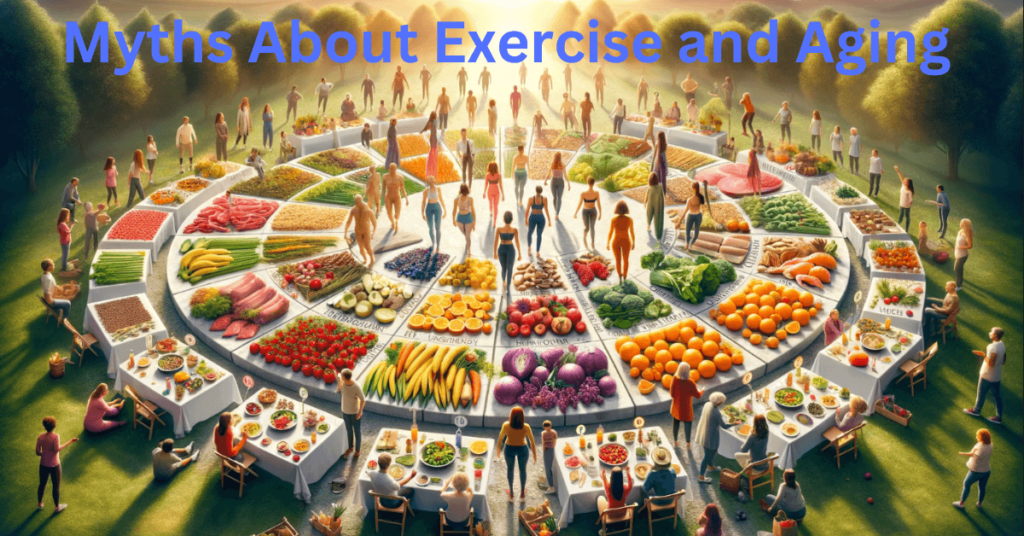Introduction
As populations globally age, the importance of staying active throughout the lifespan comes into sharper focus. Despite the emphasis on exercise for health, numerous myths surround the interplay between physical activity and aging. These misconceptions often discourage older adults from participating in regular exercise. It’s crucial to dispel these myths to promote a lifestyle that can significantly improve the quality of life as we age.
Myth 1: Exercise Is Dangerous for Older Adults
Risk Versus Benefits
One common myth is that exercise, especially more intense forms, is dangerous for older adults. In reality, the risks of leading a sedentary lifestyle far outstrip the managed risks associated with exercise. When older adults engage in regular physical activity, they experience fewer falls, improved mobility, stronger bones, and a lower risk of chronic diseases like heart disease, diabetes, and depression. Appropriate exercise, tailored to individual’s abilities and health conditions, is not only safe but is a key component of maintaining health and independence.
Consulting with Health Professionals
Before starting any new exercise regimen, it is wise for older adults to consult with healthcare providers. Yet, with a tailored plan that respects an individual’s limits and conditions, the benefits of exercise remain accessible to virtually everyone, regardless of age.
Myth 2: It’s Too Late to Start Exercising
Many believe that if one has not been regularly active by a certain age, the benefits of starting an exercise program are minimal. This is not true. Research shows that older adults can experience significant improvements in strength, flexibility, balance, and cognitive function, no matter when they begin an exercise routine. The body’s ability to adapt and grow stronger persists throughout life.
Myth 3: Exercise Must Be Intense to Be Beneficial
Benefits of Moderate Activity
Another misconception is that only intense, high-impact exercise can offer health benefits. On the contrary, moderate activities like walking, swimming, or yoga can have profound health effects. Activities that increase heart rate and breathing for a sustained period are considered beneficial aerobic exercises. The key is consistency and enjoying the activities you do, which promotes longevity in your exercise habits.
The Role of Mild Exercise
Even gentle forms of exercise can improve senior health. Stretching and balance exercises, like those found in tai chi or Pilates, contribute to preventing falls and improving the overall quality of life. Strength training, too, can be adapted for safety and is essential for maintaining muscle mass and supporting metabolism.
Myth 4: Exercise Is All Physical
Cognitive and Emotional Benefits
Many people consider the benefits of exercise to be purely physical, but exercising regularly can also have significant cognitive and emotional benefits. Physical activity has been linked to improved mood, reduced symptoms of anxiety and depression, and a lower risk of cognitive decline. Furthermore, exercise has been shown to improve sleep quality, which is often a concern for older adults.
Exercise as a Social Activity
Exercise can be a social activity that connects people, builds communities, and combats feelings of loneliness and isolation that sometimes come with age. Group classes, walking clubs, and partner sports are just a few ways that exercise can foster social interactions.
Conclusion
The myths surrounding exercise and aging often stand in the way of older adults enjoying the myriad of benefits that come with an active lifestyle. By understanding that exercise is safe, beneficial at any starting point, doesn’t have to be high impact, and provides cognitive and emotional benefits, older adults can confidently pursue physical activity. Thus, debunking these myths is an essential step toward a healthier and more fulfilling life for the aging population.




